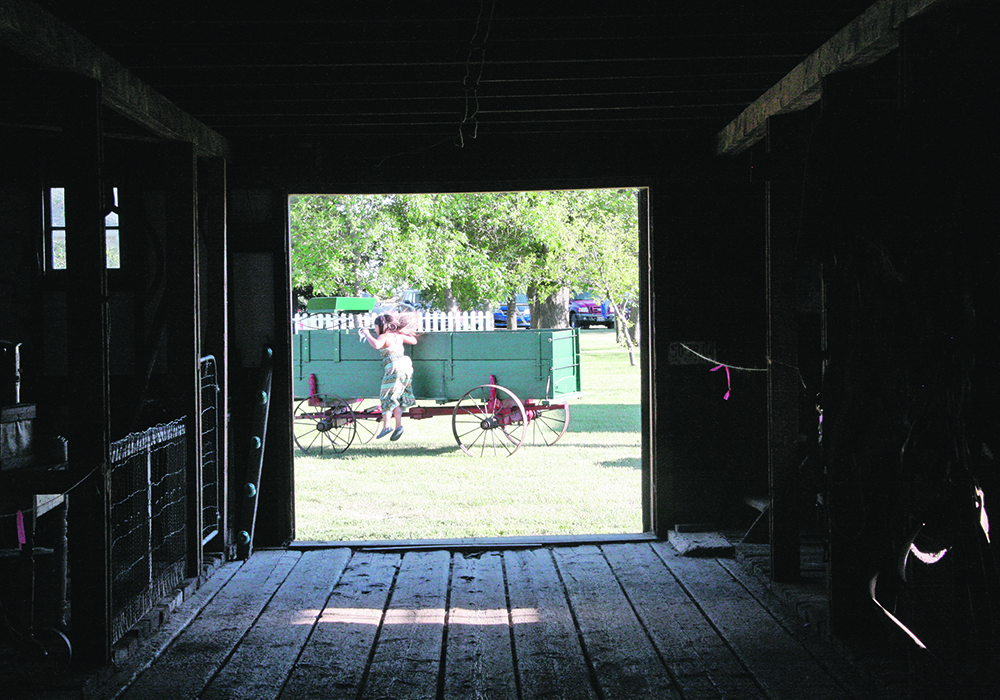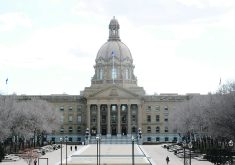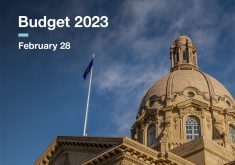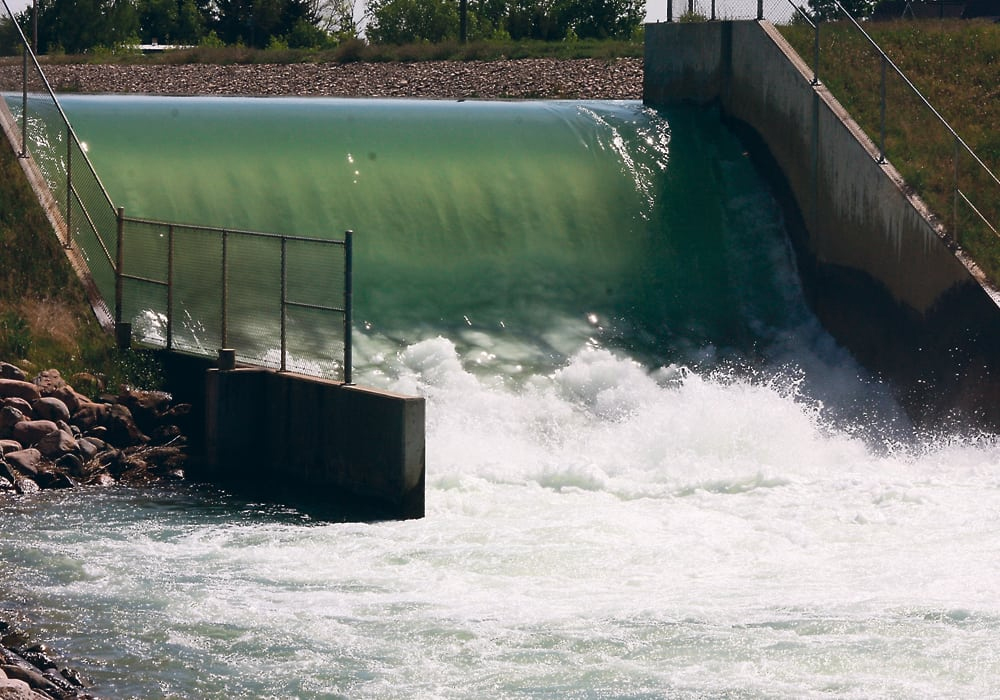Province’s financial plan for the upcoming year does not include financing for the government’s proposed provincial police force, but it does commit more funding for policing
A provincial budget that will fund initiatives in rural Alberta ranging from tourism to attracting more physicians is also notable for leaving out plans for a provincial police force.
“It’s probably the most rural budget that I’ve seen in the last three or four budget cycles, to be quite honest,” said Paul McLauchlin, president of the Rural Municipalities of Alberta. “So, I think from that perspective, it’d be hard for me to complain that this budget wasn’t at least focusing on some issues that we’re dealing with.”
Read Also

New program aims to support plant-based exports to Asia
Understanding the preferences of consumers in Taiwan and how they differ from Indonesia or Malaysia isn’t easy for a small company in Saskatchewan.
The budget was released Feb. 28 by Finance Minister Travis Toews, three months ahead of a provincial election slated for May 29. It was silent on a provincial police force to replace the RCMP, which has been proposed by the Alberta government but opposed by the RMA.
Toews told a news conference the budget is a strategic plan laid out numerically for the upcoming year.
“And in terms of an Alberta police force, again, there’s no budget line in there because we haven’t made definitive plans to do that,” he said.
The government is reaching out to consult with the province’s residents, said Toews.
“All of these policies require engagement with Albertans, and ultimately Albertans need to decide.”
However, the RMA has said since last year the issue should be decided by a provincial referendum, with the upcoming election representing a suitable opportunity. “And that’s what we should do is just make sure that all Albertans can decide,” said McLauchlin.
The provincial government needs to clearly state it won’t impose a provincial police force on rural Albertans, said MLA Heather Sweet, Alberta NDP critic for agriculture, forestry, and rural economic development. The force is expected to cost $735 million per year, removing the ability of rural communities to expand their economies, she said.
A survey of 1,470 people on policing and crime was conducted in February as part of an initiative involving the RMA and the University of Lethbridge’s Prentice Institute for Global Population and Economy, along with Mount Royal University, said institute director Lars Hallstrom.
Although the data was still being analyzed, respondents supported the current model of rural policing by the RCMP by a “big, big margin,” he said during an interview March 2. They also felt safe in their homes and communities, although they wanted investments to be made in policing, he added.
The budget included $26.7 million for more officers and civilian positions to support communities covered by provincial police services agreements with the RCMP, as well as an extra $5.2 million for the Alberta Law Enforcement Response Teams. ALERT brings together about 400 municipal police and RCMP officers to investigate everything from gang violence and drug trafficking to child exploitation.
Other items included an increase of $27.3 million for the Alberta Sheriffs for rural communities, courthouses and correctional facilities, along with $13.7 million to help launch the Alberta Police Review Commission. The new independent agency will investigate complaints involving police in the province.
The budget also committed $65 million over three years to strengthen First Nations policing, including providing up to 35 new policing positions across Alberta. It will involve the Lakeshore Regional Police Service, Blood Tribe Police Service and Tsuut’ina Nation Police Service, as well as jointly funding a new First Nation police service for Siksika Nation.
Other funding for rural Alberta included:
- $158 million this year to attract, recruit and train more doctors and nurses to work across the province, including family physicians for rural areas
- $3 million over three years to expand the Rural Sexual Assault Support project. It will help provide health-care providers specifically trained to administer sexual assault evidence kit exams
- $10 million over two years to promote rural tourism
- $10 million over three years for rural business programs, as well as initiatives to build economic development capacity
- $9 million over three years for the Northern and Regional Economic Development program. It will help everything from municipalities and non-profit organizations to Indigenous communities
McLauchlin said there were positive messages in the budget, but it didn’t contain any measures to help end the practice of oil and gas companies not paying their property taxes to rural municipalities, he said.
A report being completed by the RMA will show not much has changed from last year’s total of $253 million in unpaid taxes, he said during an interview Feb. 28. Rural municipalities depend on such taxes to manage about 75 percent of the province’s roads and about 60 percent of its bridges, which are relied on by producers to get their products to market.
At the urging of the provincial government, the RMA agreed to several tax breaks in 2020 for Alberta’s then-ailing oil and gas industry. They included a three-year tax holiday for new wells for the 2022 to 2024 tax years, only to see the oilpatch return to soaring profits that have helped the provincial government enjoy an expected surplus of $2.4 billion.
McLauchlin welcomed as a step in the right direction $60 million in the provincial budget for operating grants under the Municipal Sustainability Initiative in 2023 to 2024. It is double the previous amount of $30 million, with $485 million budgeted for infrastructure under MSI, he said.
However, MSI will be replaced next year by the Local Government Fiscal Framework, which will provide $722 million in infrastructure funding from 2024 to 2025. It is less than half of the $1.77 billion expected by RMA, perpetuating significant provincial cuts made two years ago to MSI funding, said McLauchlin.

















